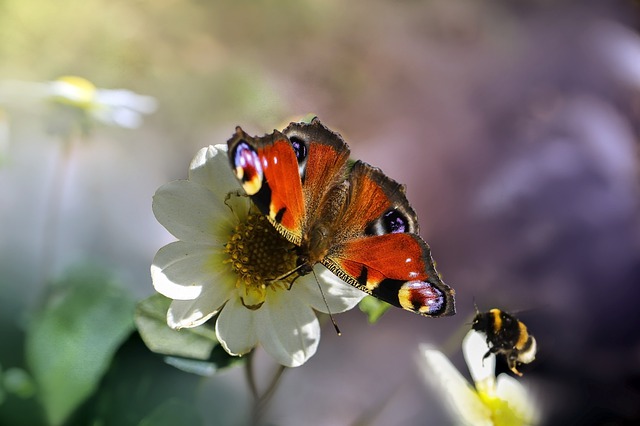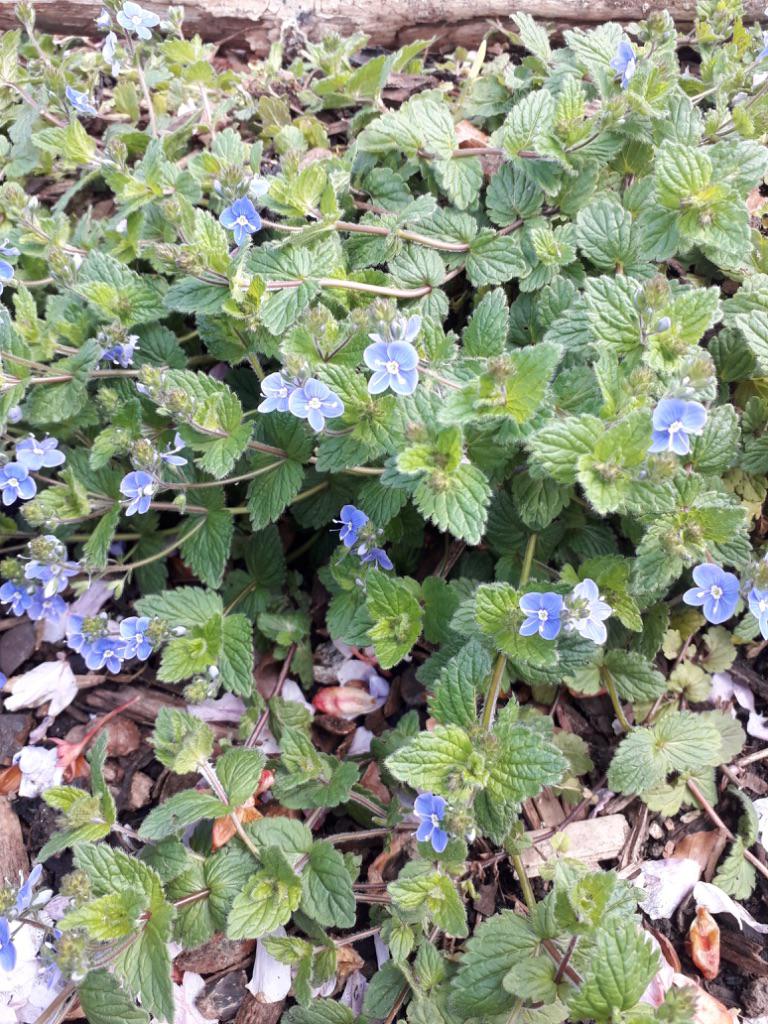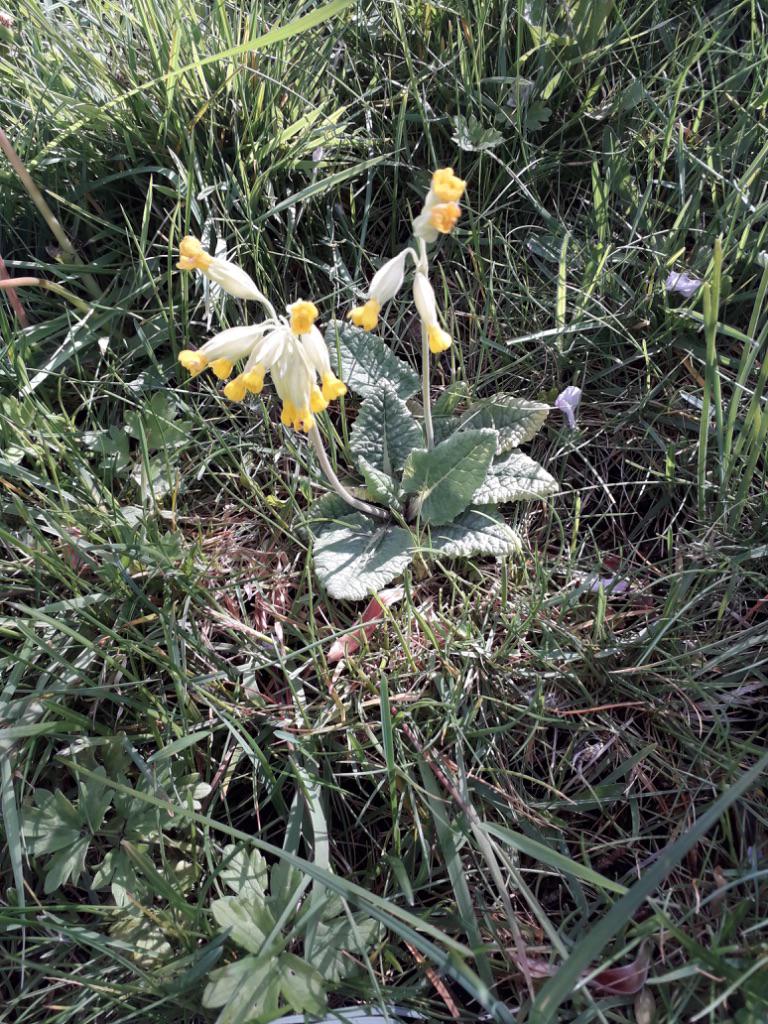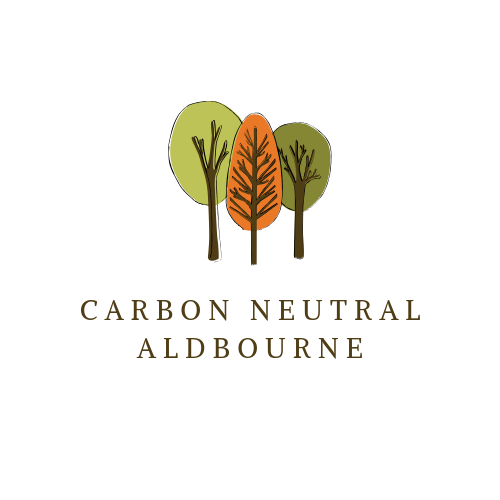Wildlife gardening and the Blue Campaign

Ros Oswald reflects on how the wildlife in her garden has changed (and declined) over the years and the steps she has taken to halt and reverse the decline.
Birds singing, bees buzzing and the flutter of butterflies, to me this is the joy of being in my garden. I have lived in Kandahar, Aldbourne for over 30 years and despite the steep slopes I still enjoy a variety of wildlife including slow worms and cowslips. Over the years I have noticed that the insect and bird life has not been as plentiful as it once was. The ladybirds and aphids have definitely reduced in number. At first, I felt pleased that my plants were not being eaten so quickly but then I realised these were not good signs. I decided to find out how to change what I was doing to see if I could make a difference. I came across the Blue Campaign which began in 2014 and encourages gardeners and others to allow their gardens to rewild so that different insects, plants, small mammals and birds can live there.

In the past we had tried leaving areas of grass to grow but that hadn’t resulted in many different native wildflowers growing, just lots of buttercups and even more determined grass! I knew I needed to do something differently. First of all, I planted a hedge along the back border with hawthorn and blackthorn. Next, I included as many plants as possible that I knew were enjoyed by wildlife. Buddleia, comfrey, sedum and ceanothus were clearly popular. Chris dug a small pond to provide a home for frogs and newts which appeared without any encouragement from me.
This year, given the additional time we have all had to be at home, I decided to give the grass banks a helping hand. We stripped off the turf from half the bank. We transplanted all the different wildflowers that were already in the garden into the bank (we had been calling them weeds!). We soon had fox and cubs, ladies bedstraw, clover, herb Robert, cowslips, white dead nettle, cleavers and silverweed. Next, I bought some wildflower plug plants to grow on and plant into the rest of the bank. The field scabious and knapweed seemed to thrive but the harebells clearly didn’t like my approach. I planted out the survivors in November into small circles I had cleared in the bank.

I know there is more to do – the hedge needs to be thicker, the pond needs to have more sloping sides, I need to understand more about mowing. Do I want to keep going? Absolutely.
So, when you see a blue heart in my garden please remember that the weeds are there for a reason and the grass will be mown, just not yet!
If you would like to find out more The Garden Jungle by Dave Goulson is an excellent read. There are also lots of good ideas on the Wildlife Trust website. Or if you are thinking of planting a hedge for wildlife check out these tips.
If you have a garden in Aldbourne and would like to join the Blue Campaign please check out our article on the Blue Campaign and how to get involved. We would also love to see photos of your wild areas – please share them with us on the Carbon Neutral Aldbourne Facebook page.
